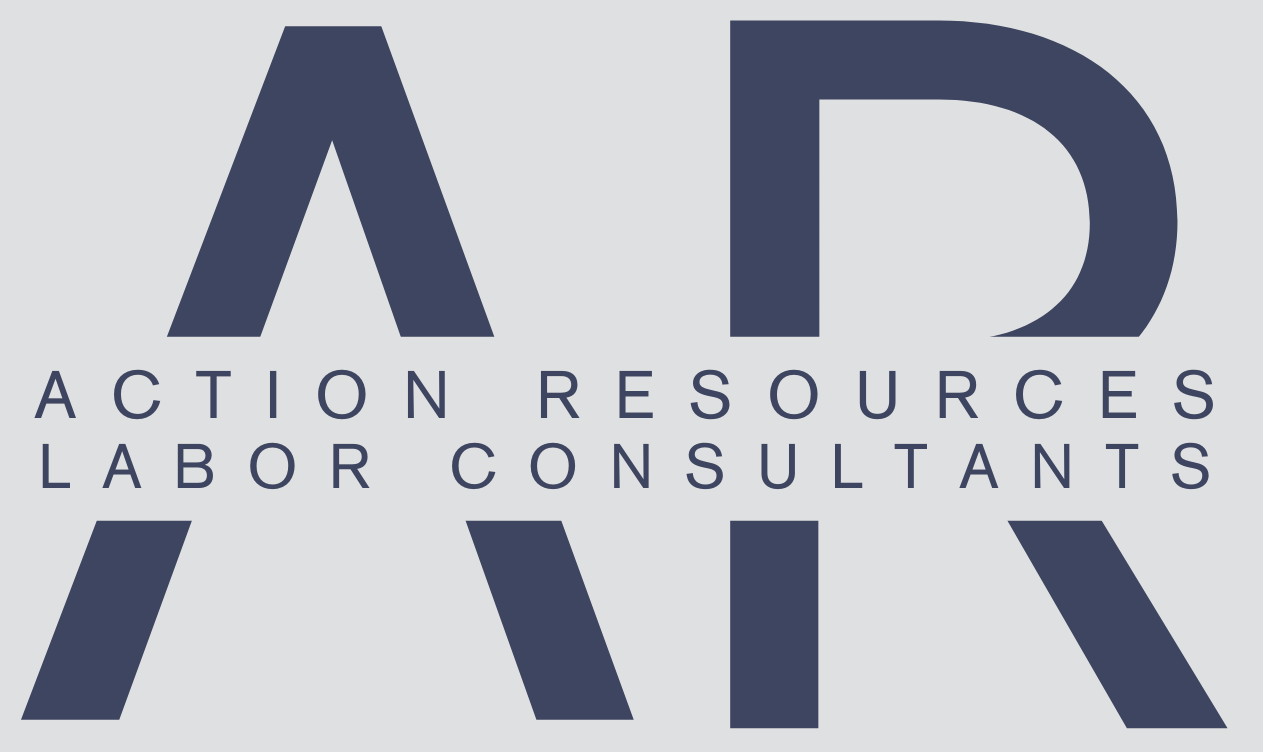Easy come, difficult go: The Reality behind "trying out" a union.
Many employees are tempted to use union representation to shape employment terms at their workplace because it's often pitched as a low-risk proposition. It is not uncommon for organizers to tell voters in an organizing campaign that they can "try out" the union, and if they're not happy, you can simply remove them. The reality is much more complex and may cost employees thousands of dollars in non-refundable dues, fees, and assessments.
To put it plainly, it is much easier to bring in a union than it is to kick them out. First, the triggering of a union election only requires that 30% of a proposed work unit show interest in organizing. For example, if a union wishes to represent a 10-person maintenance department in a company, they would only need 3 of those workers to sign union authorization cards in order for the National Labor Relations Board to recognize that there is a legitimate showing of interest. Therefore, an election date could be set so that all employees would have the opportunity to vote on union representation. Typically unions will not trigger the election process unless they are confident that they have a strong majority of support. However, this example illustrates just how low the threshold is for the process to formally begin. In order to win the election, the law requires that the union obtain a 50% plus one majority of votes. In a unit as small as 10 people, they would only need 6 votes in order to win.
Assuming the employees vote the union in, the union and the company would then head into negotiations to reach a contract. Now, at this point, there is a bar on any other election for the next 12 months. In other words, if employees are unhappy with the union because of their inability to reach a contract that first year or because workers are not satisfied with the way negotiations are going, they are stuck with them for at least a year. They are not required to pay dues at this point because no contract has been reached. However, it is important to note that, by law, employees would not see any changes to their wages, benefits, or working conditions during the negotiation process. If a contract is reached, the law then bars any election for the next 3 years, at which point employees may be required to pay and/or join the union in order to keep their jobs, depending on the terms of the agreement.
If employees end up regretting their decision, the law does offer a remedy. Unfortunately, there is no way of getting back the 3 years' worth of dues employees paid to the union for a product they ended up not liking. Toward the end of the 3-year period, there is a 30-day window in which employees can request a decertification election. Employees must begin a grassroots petition without any help from the company, have a majority of employees sign the petition, and submit it to the NLRB at the appropriate time. An election date is then set and if the majority of employees choose to vote out the union, then the union no longer represents the employees. All told this process is not as easy as some may make it out to be. It requires a significant amount of time and effort and, in most cases, requires the assistance of a labor attorney.
So, if employees want to "try out" the union, it could potentially take them 4 years to get out of the endeavor. A costly one at that as 3 of those 4 years employees could be paying thousands of dollars in dues. It's imperative that employees understand their rights under the law and that they are aware of what the range of outcomes may be when weighing their options in regard to union representation. Not knowing could be incredibly costly in terms of time and money.
Written by Arthur Wentworth

